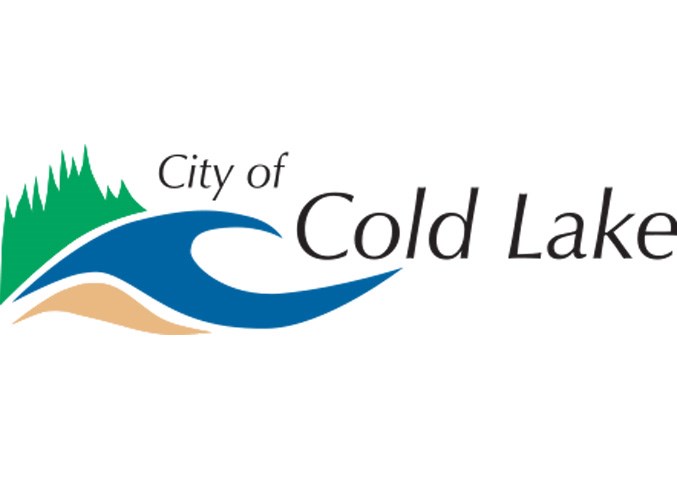The City of Cold Lake has created an All-Hazards Incident Management Team (AHIMT) for northeast Alberta.
A conditional grant agreement to the tune of $240,000 was awarded to the City of Cold Lake in support of the development of the team.
“I think they looked province-wide in terms of where the best location would be. We’re right beside an air base, so I think it geographically makes a lot of sense that Cold Lake is the site. I think it’s a natural fit,” expressed Cold Lake Mayor Craig Copeland.
The funding will be provided over a four-year period, and will be used for training the AHIMT for the northeast region of Alberta, Cold Lake Fire-Rescue chief Jeff Fallow said.
Although the money will be managed by Cold Lake, it’s sole intention is to support the region, which includes Cold Lake, Lloydminster, the Regional Municipality of Wood Buffalo, four Métis settlements, and 10 municipal districts and counties. The MD of Bonnyville and County of St. Paul were included, along with a number of towns, such as the Town of Bonnyville, and villages throughout the area.
Each of the six grant recipients will be undergoing the same training, which is being offered by staff from the Alberta Emergency Management Agency (AEMA), explained Fallow.
This training, which is an expected level in Emergency Management of at least Incident Command System 300, is to help build AHIMTs around the northeast region. They will be responsible for supporting local officers when disaster strikes.
According to Fallow, it’s broken down into three training sessions. The first is two days of in-class training, where participants learn the unit leader roles and responsibilities, forms, and mini exercises.
The second block is also two days of training, but this time as a collective training exercise where they focus on full IMT and section level.
Block three is the final leg of training, which takes place over three days.
The round of training, which can accept up to 30 students, will be taking place in Cold Lake Oct. 17 and 18, Fallow detailed.
The training opportunities will “be moved around the northeast region over the four-year timeline of the conditional grant agreement,” in order to allow other communities within the area the opportunity to host.
Fallow said, “Thanks to the Government of Alberta’s support, this will enable our region to continue to train and prepare for when an emergency or disaster strikes. This training will significantly improve the incident response capability and public safety overall in the northeast region, and directly and positively impact the provincial public safety system. These teams, once trained, will have worked together, so when asked to assist for a real incident, will already be able to communicate effectively and be comfortable with the different roles and responsibilities within the Incident Command System (ICS).”



